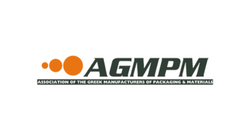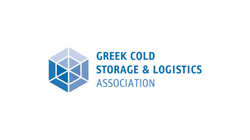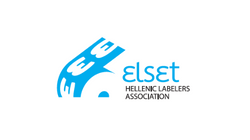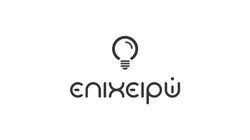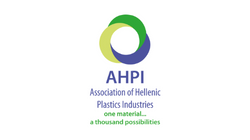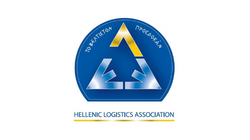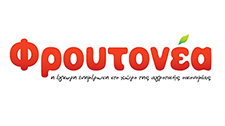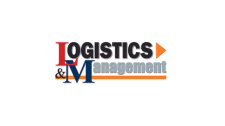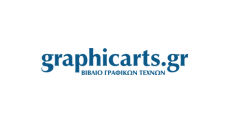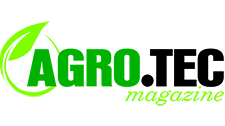Plastimak introduces the recyclable ECOMAK® range
The scope for the use of non-recyclable packaging in Europe is constantly narrowing: the drafts of the EU’s Packaging and Packaging Waste Regulation, but also the forthcoming EU Green Claims Directive, which introduces the obligation to substantiate claims about the sustainable character of packaging in order to combat the phenomenon of “greenwashing”, create new circumstances and require a high speed of reaction to developments.
Responding proactively to the rapid changes, Plastimak – as early as 2019 – introduced the recyclable ECOMAK® range. Since then, the added know-how and experience, which are constantly renewed through partnerships with internationally renowned raw material producers, have led to the expanded application of the range and the development of even more specialized recyclable solutions, making Plastimak ready to meet the current recycling requirements.
The multi-level challenges
Our client, an Austrian producer of organic nuts and dried fruits, with product placement in major retailers in Germany, Austria and the UK, designed a new range of nut and superfood products to promote health and wellness.
This product range meets all Fair Trade standards and is sourced from small organic farmers around the world. An important benefit that our client wants to communicate to the consumer is that the production of their products has a very gentle impact on the planet’s environment. Therefore, choosing environmentally friendly packaging was a one-way street for the company to create a product that promotes consumer health while being environmentally friendly.
The demand from our customer was for recyclable packaging that could meet existing sorting, separation and recycling systems, based on the different preferences of recycling structures by country: in the German market, for example, polypropylene is considered the ideal, but in the UK and US markets polyethylene is preferred. Customer demand was based on the following characteristics:
· Product category: nuts and dried fruit
· Product shelf life: two years for nuts and three years for dried fruit
· Preservation of product freshness up to the expiry date on the packaging
· Application of modified atmosphere
· Resistance to pasteurization for some codes in the range
· Creation of a DOYPACK
· Processing of the new film should be possible on the customer’s existing packaging machine and with a similar stiffness in the final package as the polyester used up to that point.
The solution
Plastimak set out to develop and promote a packaging material structure that meets the existing sorting, separation and recycling system, achieving packaging recyclability in practice and not just in theory. Working both with our suppliers, for appropriate material selection, and with recyclers and consultants of recyclability certification bodies, we came up with two mono-material structures that could respond to the different markets where the client operates. This collaboration led to the development of structures with the appropriate moisture and oxygen barrier properties.
1) PP MONOMATERIAL:
Replacing PET in this case was not easy, as most packaging machines are geared towards using only this material, from the material of the sealing jaws to the sealing method itself. The solution we developed was based on polypropylene in all three layers of the laminate. As the first layer we chose a BOPP matte, which would allow processing in the same packaging machine without modifications. As a middle material we used a material with the maximum possible oxygen and moisture barriers, prolonged shelf life and preservation of product freshness until the expiry date. The challenge for this project did not stop here, because unlike polyester, polypropylene is a more temperature sensitive material. Therefore, as a bonding material we chose a material with a lower initial sealing temperature, so that our customer could achieve strong bonds by applying a lower temperature and maintaining the modified atmosphere.
2) PE MONOMATERIAL:
In this case too, the replacement of PET was not easy. As the first layer we chose biaxially tensed polyethylene, which would give the final package similar stiffness to that of polyester, comparable print quality and ensuring the homogeneity of structure required by recyclability while effectively replacing polyester and its beneficial properties. For sealing, we also chose in this case a material with a lower initial sealing temperature, so that our customer could achieve strong sealings by applying a lower temperature and maintaining the modified atmosphere.
Finally, both new structures successfully passed the aging and tasting tests and proved that the taste of the products is not altered in any way throughout the desired product life.
Benefits
Now our customer can offer their entire range of products in an environmentally friendly packaging, without any discount on the appearance of the final packaging, the shelf life and the freshness of the product. Also, now the new packaging is in line with the company’s whole concept of sustainable development.






